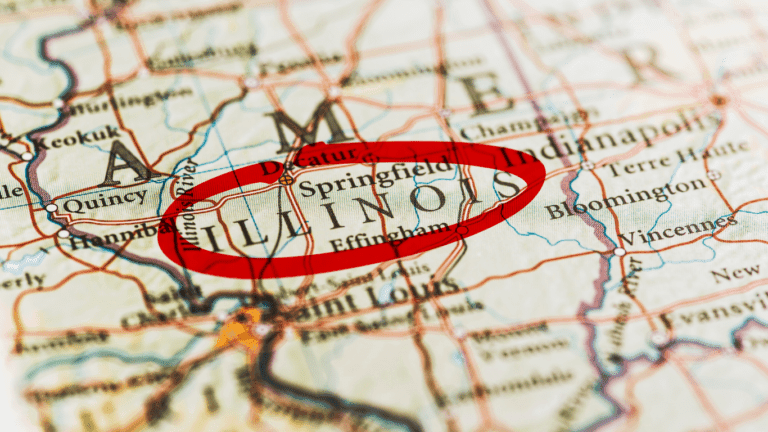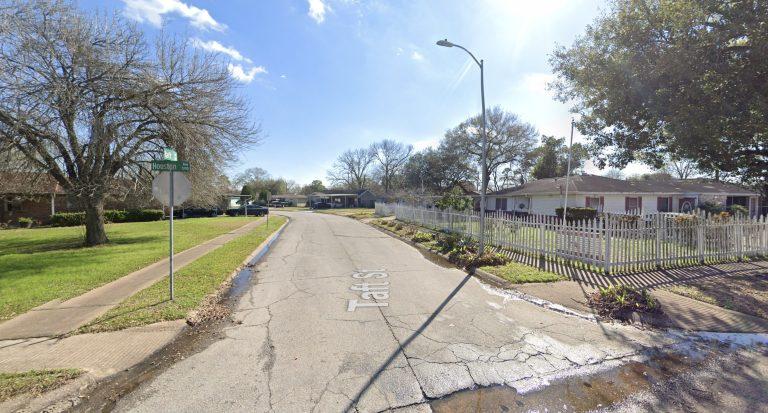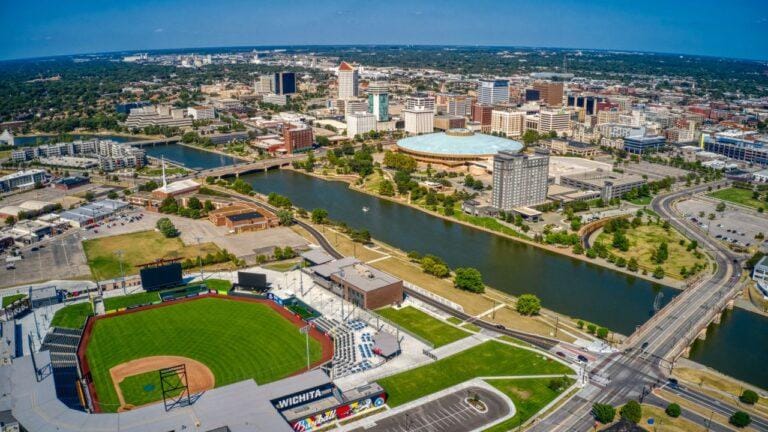Is it cheaper to live in maryland or virginia
When it comes to choosing a place to live, one of the key considerations is the cost of living. Maryland and Virginia, neighboring states located in the Mid-Atlantic region of the United States, are popular options for many individuals and families. In this article, we will delve into the question of whether it is cheaper to live in Maryland or Virginia. By examining various factors such as housing, transportation, and taxes, we aim to provide you with a comprehensive comparison to help you make an informed decision.
Check out this insightful video titled “10 Cheap Places to Live in Maryland 2023 – Affordable Places in Maryland to Buy Home 🏡” to explore budget-friendly housing options in Maryland. Discover whether it’s more cost-effective to live in Maryland or Virginia in our article Is it cheaper to live in Maryland or Virginia.
Unveiling the Charm: Why Maryland Outshines Virginia
1. Housing

Housing costs play a significant role in determining the overall cost of living. In both Maryland and Virginia, the cost of housing can vary depending on the specific location within each state. However, on average, housing tends to be slightly more expensive in Maryland compared to Virginia. Cities such as Bethesda and Rockville in Maryland have higher housing costs due to their proximity to Washington, D.C. On the other hand, cities like Richmond and Roanoke in Virginia generally offer more affordable housing options.
Discover more about affordable living options in Northern Virginia in our related article “6 Affordable Places to Live in Northern Virginia: Finding Your Dream Home.” Dive deeper into the comparison of living costs between Maryland and Virginia in our article “Is it cheaper to live in Maryland or Virginia.
| Housing Option | Maryland Price Range (per month) | Virginia Price Range (per month) |
| One-Bedroom Apartment | $1,500 – $2,500 | $1,200 – $2,000 |
| Two-Bedroom Apartment | $2,000 – $3,500 | $1,500 – $2,500 |
2. Transportation

Transportation expenses are another crucial factor to consider. Both Maryland and Virginia have well-developed transportation systems, including highways, public transportation, and airports. However, Maryland has a slightly higher average commute time compared to Virginia, which can lead to increased transportation costs. Additionally, Maryland has toll roads, such as the Intercounty Connector (ICC), which can add to commuting expenses. Virginia, on the other hand, has a slightly lower average commute time and a larger network of free highways.
| Transportation | Maryland | Virginia |
| Commute Times | Slightly higher average commute times, which can impact transportation costs. | Slightly lower average commute times, potentially reducing transportation expenses. |
| Transportation Costs | Toll roads, such as the Intercounty Connector (ICC), can add to commuting expenses. | Larger network of free highways, potentially reducing transportation costs. |
3. Taxes

Understanding the tax implications of living in Maryland or Virginia is essential for evaluating the overall cost of living. Maryland has a progressive income tax system with rates ranging from 2% to 5.75%. It also imposes a local income tax in addition to the state tax. Virginia, on the other hand, has a flat income tax rate of 5.75%. While Maryland has a higher income tax rate, Virginia has slightly higher sales tax rates, which can impact overall tax burdens. It is important to consider your income level and spending habits when assessing the tax differences between the two states.
| Taxes | Maryland | Virginia |
| Income Tax Rates | Progressive income tax system with rates ranging from 2% to 5.75%, plus local income tax. | Flat income tax rate of 5.75%. |
| Sales Tax Rates | Slightly lower sales tax rates compared to Virginia. | Slightly higher sales tax rates compared to Maryland. |
4. Cost of Goods and Services

The cost of goods and services can also vary between Maryland and Virginia. Factors such as groceries, healthcare, and entertainment can significantly impact your budget. In general, the cost of goods and services is comparable in both states, although specific cities or regions within each state may have variations. Researching local prices and comparing them between Maryland and Virginia can help you understand the cost differences in these categories.
| Cost | Maryland | Virginia |
| Cost of Goods/Services | Comparable cost of goods and services, with potential variations in specific cities or regions. | Comparable cost of goods and services, with potential variations in specific cities or regions. |
5. Education and Healthcare

For families with children, the quality and cost of education are important considerations. Both Maryland and Virginia offer excellent educational institutions, including public schools and universities. However, tuition rates for higher education can vary between the two states. In terms of healthcare, both Maryland and Virginia have reputable medical facilities and healthcare systems. It is crucial to consider the availability and affordability of healthcare services when assessing the overall cost of living.
| Education and Healthcare | Maryland | Virginia |
| Education | Excellent educational institutions, including public schools and universities. Tuition rates for higher education may vary. | Excellent educational institutions, including public schools and universities. Tuition rates for higher education may vary. |
| Healthcare | Reputable medical facilities and healthcare systems. Availability and affordability of healthcare services may vary. | Reputable medical facilities and healthcare systems. Availability and affordability of healthcare services may vary. |
Conclusion:
After analyzing various factors such as housing, transportation, taxes, cost of goods and services, and education and healthcare, it is evident that the cost of living in Maryland and Virginia is relatively comparable. While Maryland may have slightly higher housing costs and a higher income tax rate, Virginia offers lower commute times and slightly lower income tax rates. However, it is important to remember that the cost of living can vary based on individual circumstances, such as personal preferences, job opportunities, and lifestyle choices.
Ultimately, the decision of whether it is cheaper to live in Maryland or Virginia depends on your specific needs and priorities. It is advisable to thoroughly research and visit both states to gain a better understanding of the local cost of living and assess which one aligns better with your financial situation and lifestyle.
FAQs
Are housing costs generally higher in Maryland compared to Virginia?
Yes, housing costs are generally higher in Maryland, especially in areas near major cities such as Bethesda, Rockville, and Annapolis.
What are the average rent prices for a 1-bedroom apartment in both Maryland and Virginia?
In Maryland, the average rent for a 1-bedroom apartment ranges from $1,500 to $2,500 per month. In Virginia, it ranges from $1,200 to $2,000 per month.
Do transportation expenses differ significantly between Maryland and Virginia?
Transportation expenses may vary, but Maryland has toll roads, such as the Intercounty Connector (ICC), which can add to commuting costs. Virginia, on the other hand, has a larger network of free highways, potentially reducing transportation expenses.
How do income tax rates compare between the two states?
Maryland has a progressive income tax system with rates ranging from 2% to 5.75%, plus local income tax. Virginia has a flat income tax rate of 5.75%.
Are there variations in sales tax rates between Maryland and Virginia?
Yes, there are variations. Maryland generally has slightly lower sales tax rates compared to Virginia, which has slightly higher sales tax rates.
Is the cost of goods and services similar in both states?
The cost of goods and services is generally comparable in both states, but there may be variations in specific cities or regions. It is advisable to research local prices for groceries, healthcare, and entertainment.
What are the education options and associated costs in Maryland and Virginia?
Both Maryland and Virginia offer excellent educational institutions, including public schools and universities. Tuition rates for higher education may vary, so it is recommended to research specific colleges and universities for current tuition costs.
How does the healthcare system and the cost of healthcare services compare in both states?
Both Maryland and Virginia have reputable medical facilities and healthcare systems. However, the availability and affordability of healthcare services may vary. It is advisable to research local healthcare providers for specific costs and insurance coverage.
Are there any notable differences in commute times between Maryland and Virginia?
On average, Maryland has slightly higher commute times compared to Virginia, which can impact transportation costs.







